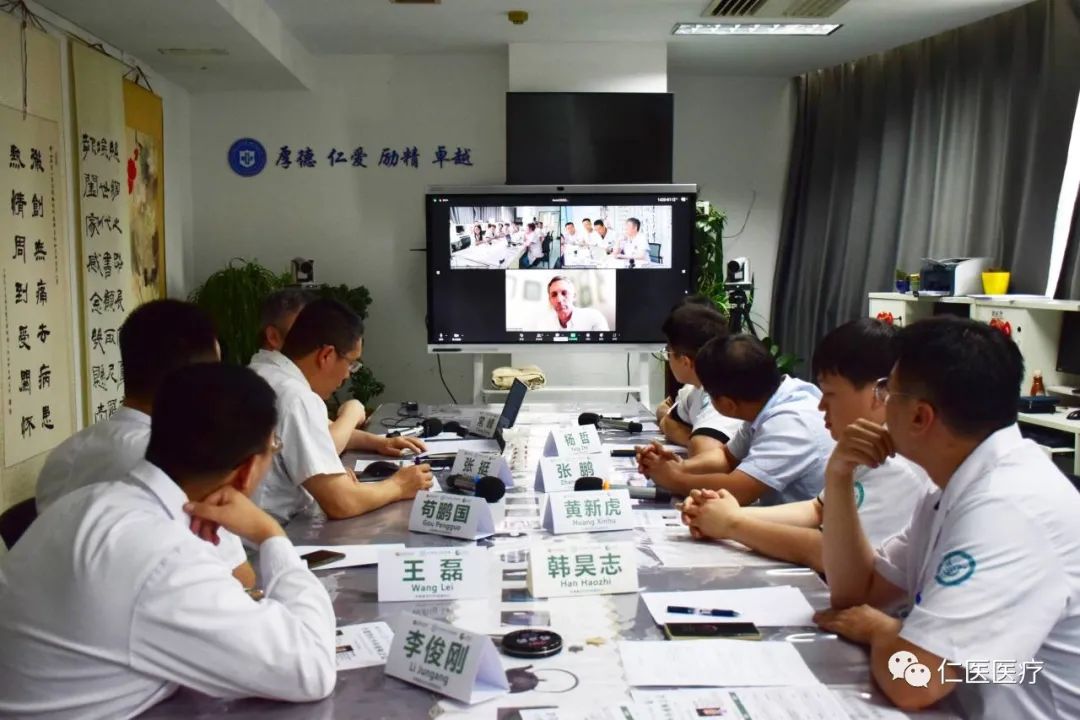-
News & Events

On the afternoon of July 28, the Department of Minimally Invasive Spine Surgery of Shanxi Provincial People’s Hospital, jointly with Prof. Siepe, Head of Spine Surgery Department of Schön Klinik München Harlaching and Secretary-General of EUROSPINE, held the Sino-German Video Conference on Spine Surgery, discussing new progresses in minimally invasive spine surgery techniques. The webinar was led by Prof. Chang Feng, Director of Orthopedics Department and Department of Minimally Invasive Spine Surgery of Shanxi Provincial People’s Hospital, and attended by Prof. Chang’s team.
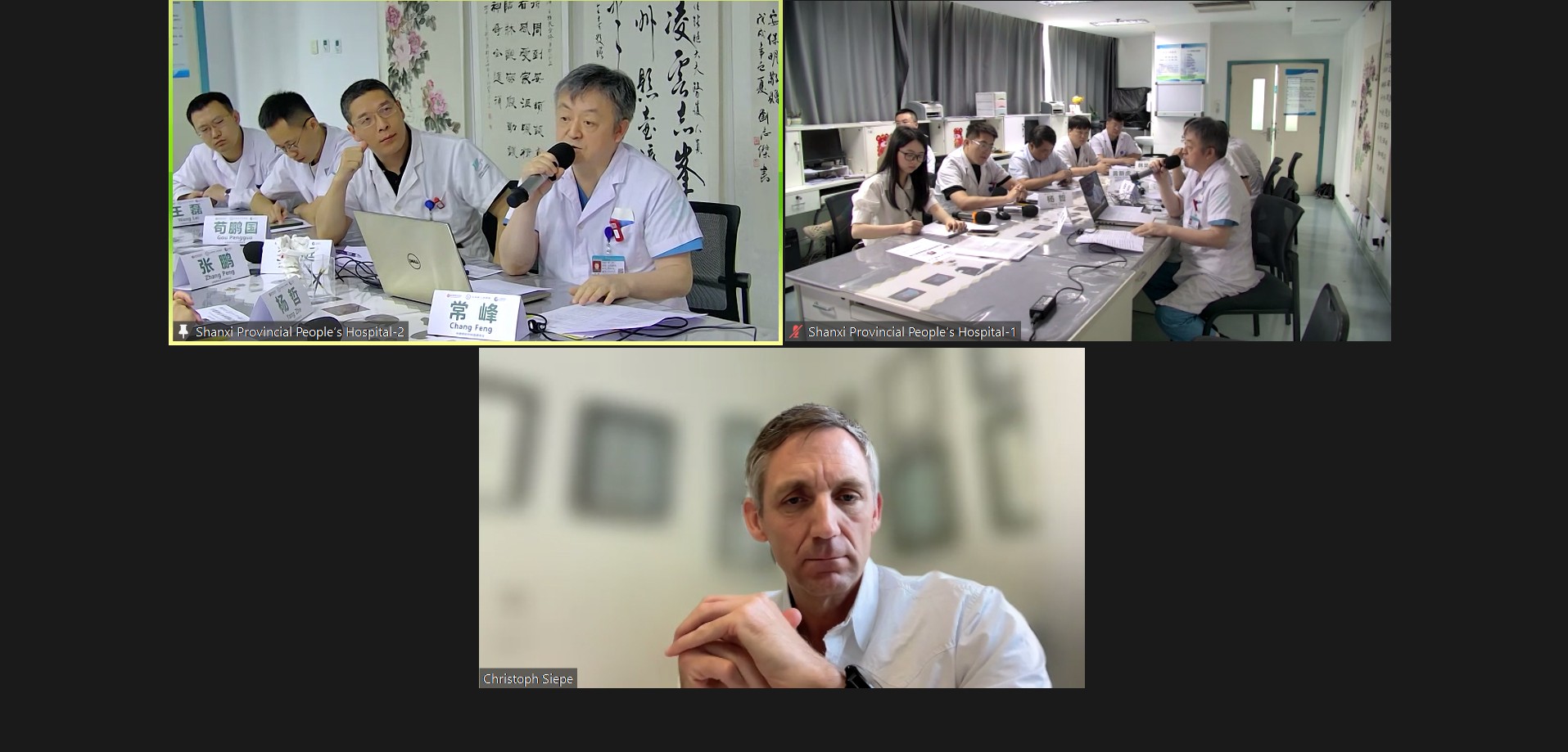
Prof. Chang gave the warmest welcome address and greetings to Prof. Siepe, all the attendees and colleagues on behalf of the hospital.
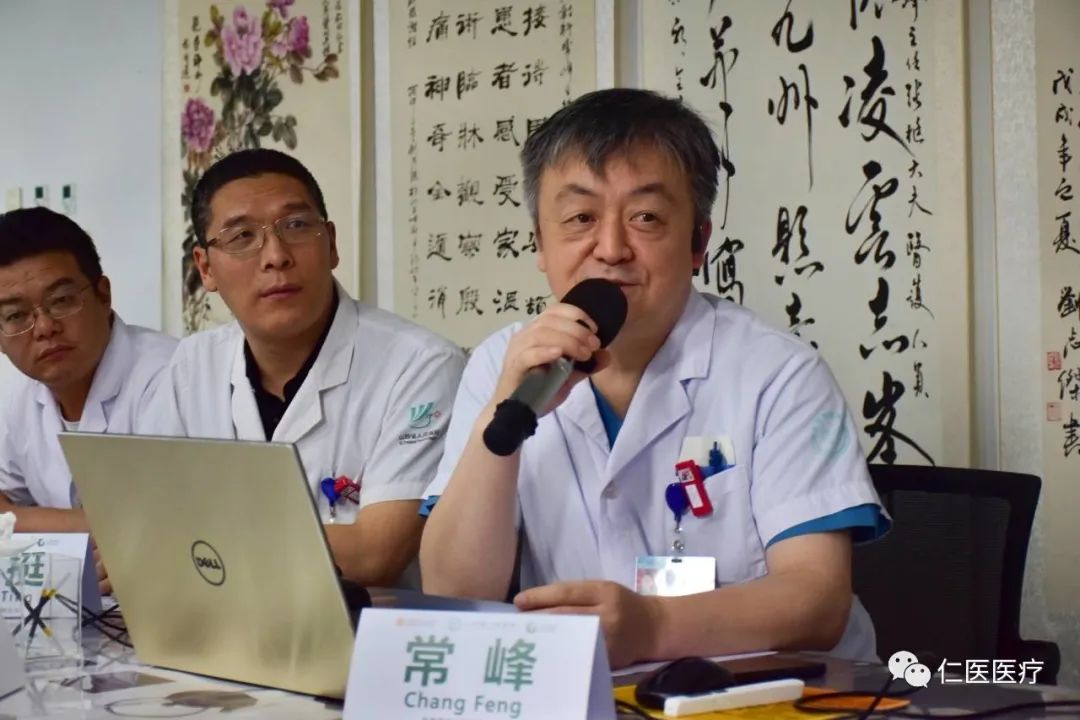
Shanxi Provincial People’s Hospital was founded in 1953 and open in 1955. It is a comprehensive Grade-III A hospital directly under the Health Commission of Shanxi Province, which integrates medical services, teaching, scientific research, prevention, rehabilitation, health care and first aid, making it one of the largest medical institutions in Shanxi Province. The hospital has 2,850 beds and 3,084 employees. There are more than 1.35 million outpatients and 80,000 patients are discharged annually. The hospital also conducts 30,000 surgeries each year.
The Orthopedics Department of the hospital has 164 beds, more than 120 medical staff, and four specialties among which the Department of Minimally Invasive Spine Surgery was founded in August, 2016 and formerly known as the Minimally Invasive Spine Surgery Group of Orthopedics Department. It now has 41 beds and 31 medical staff. The department is characterized by minimally invasive spine surgery techniques. So far, they have already performed nearly 10,000 minimally invasive endoscopic surgeries, and their patients come from 21 provinces and cities of China, making its popularity and surgery volume both rank the top in China. Currently, the department has been a key specialty of Shanxi Province and characteristic specialty of Shanxi Provincial People’s Hospital. In 2019, it was awarded the Clinical Training Center for Spinal Endoscopic Lumbar Interbody Fusion by the World Minimally Invasive Medicine Association (WMIMA).
Prof. Siepe felt very honored to be invited to attend the webinar and exchange experiences on minimally invasive spine surgery with Chinese colleagues. He delivered a lecture with the topic of “Surgical Techniques and Anterior Approaches to the Lumbar Spine (ALIF)”, in which he introduced surgical techniques of ALIF surgeries such as disc level localization, the length of incision, the use of retractor, and the positioning of the promontorium.
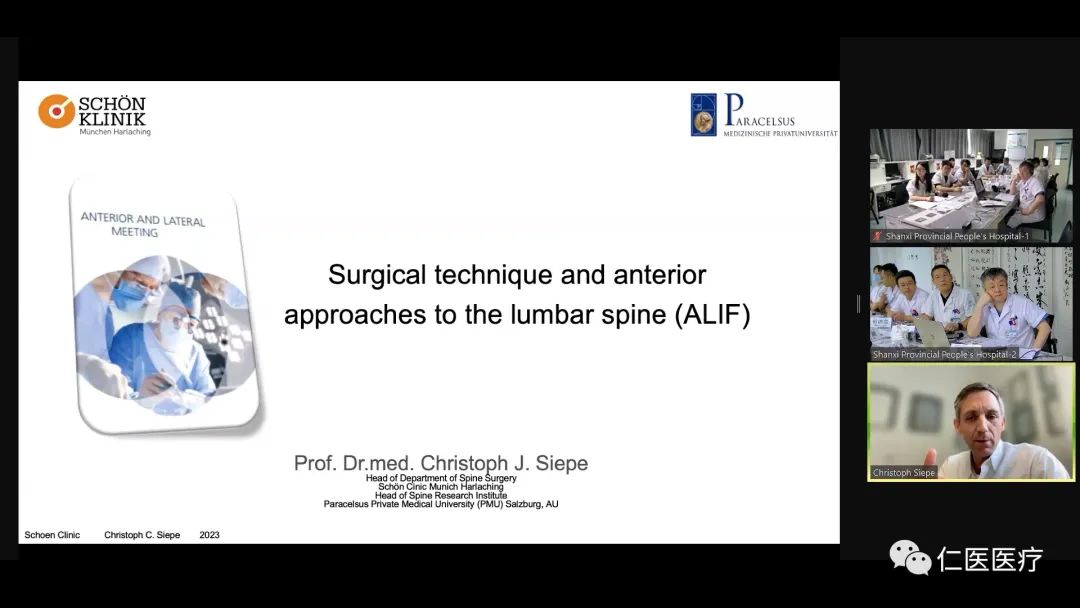
On the webinar, Prof. Siepe introduced different anterior approaches to the lumbar spine, especially level L5-S1 and level L2-L5, and the specific steps and techniques for performing these surgeries.
Surgical Procedures of ALIF L5-S1
For anterior midline approach to L5-S1, the position of the patient is called the modified ‘da Vinci’ position which means the patient lies on the operating table on the back with arms and legs open. The surgeon is placed in between the legs of the patient so that he can have a direct view of the lumbar disc, and the assistant stays on the sides . The lines of the disc are marked under X-ray, and then the surgeon makes an incision of 5-6 cm on the patient’s skin. Then go through subcutaneous fat tissue along the incision to open the linea alba and then go into the retroperitoneal space. There the surgeon should specially look for the linea arcuata to keep the instruments to stay outside of it to avoid injuring the peritoneum, then move the peritoneal sac to the other side. As identifying and protecting the psoas muscle, artery, vein and ureter, and the median sacral vein is exposed and should be ligated. According to Prof. Siepe, the promontorium may not be seen very clearly with naked eyes, but can be felt with hands. And once the disc is exposed, the surgeon should put in the retractor, then take out the disc, clear end plates, and put in the implant. At last, the vessels should be checked to make sure there is no bleeding.
The same approach can go to L4-L5. However, due to the complicated vascular situation, the surgery will be more challenging, so surgeons could use imaging modalities, e.g. MRI and CT scan, to get a clearer picture of the vascular situation.
Surgical Procedures of ALIF L2-L5
For heavy patients and those with big muscles, anterior midline approach is not suitable. Therefore, Prof. Siepe introduced the lateral ALIF.
The patient lies on the right side. In preoperative preparation, the surgeon should clearly know the anatomical features of the patient’s psoas muscle and the position of the targeted lumbar spine. Likewise, the surgeon makes a small incision on the skin under X-ray,, bluntly separate muscle layers to reach the retroperitoneal space where the retractor is put. As the psoas muscle is exposed, the surgeon should pull it back until the disc is exposed. Then open the disc, take out the disc and cartilage, and put in the implant. Finally, let the muscle back over the disc and readapt the muscle layers gently. This surgery is easier than the ALIF L5-S1 through the midline approach.
One issue is worth discussing. Some surgeons will choose to go through the psoas muscle in this surgery, but Prof. Siepe does not recommend to handle it in this way. This is because a lot of nerves are distributed on the muscles close to level L4-L5, and cutting the muscles can injure the nerves and plexus, which will increase the surgical risks. Meanwhile, putting in a retractor in L4-L5 can also injure the nerves. Therefore, Prof. Siepe prefers to bluntly separate the muscles and pull them to the other side.
According to one study from Prof. Siepe’s team, ALIF has great significance for segmental lordosis treatment. It serves to reconstruct and stabilize the disc, which confers it an advantage over posterior reconstruction. And its merits cover the correction of spinal deformities as well.
At the end, Prof. Siepe concluded that there are many advantages of anterior approaches, for example, it can be done minimally invasive; it has high fusion rates; the size of the incision is the same as that of the implant, which allows big implants to get in and ensure high stability; it can reconstruct lordosis and correct deformities.
Next Prof. Chang Feng, Director of Orthopedics Department and Department of Minimally Invasive Spine Surgery of Shanxi Provincial People’s Hospital, gave a lecture titled “UBE Two-Channel Endoscopy and Foraminal Single-Channel Endoscopy Technique Clinical Application and its Selection”.
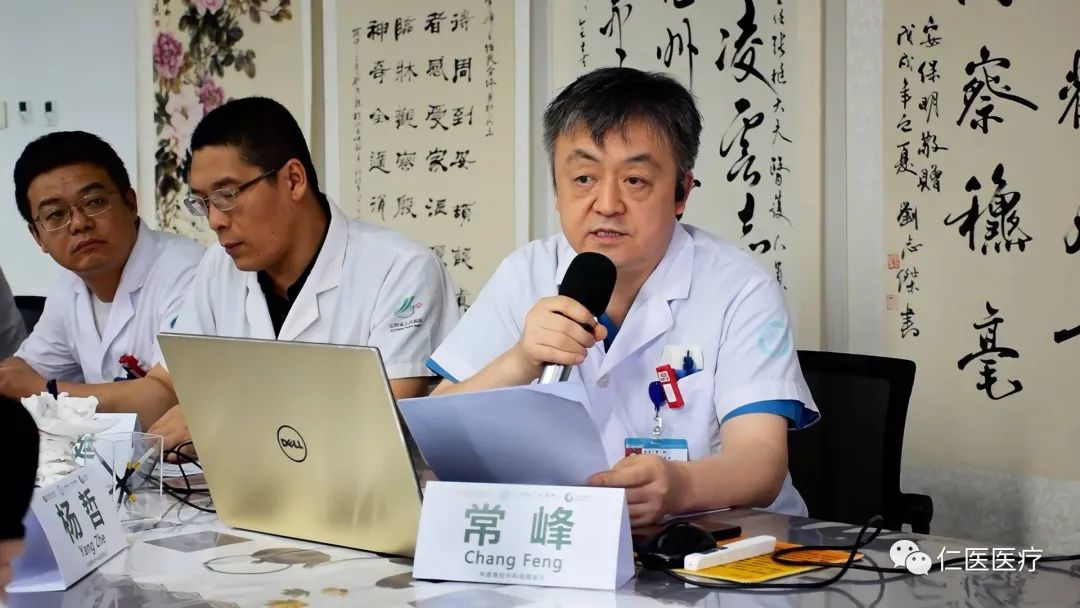
Doctor Yang Zhe from Prof. Chang’s team shared some cases treated with endoscopic fusion techniques.
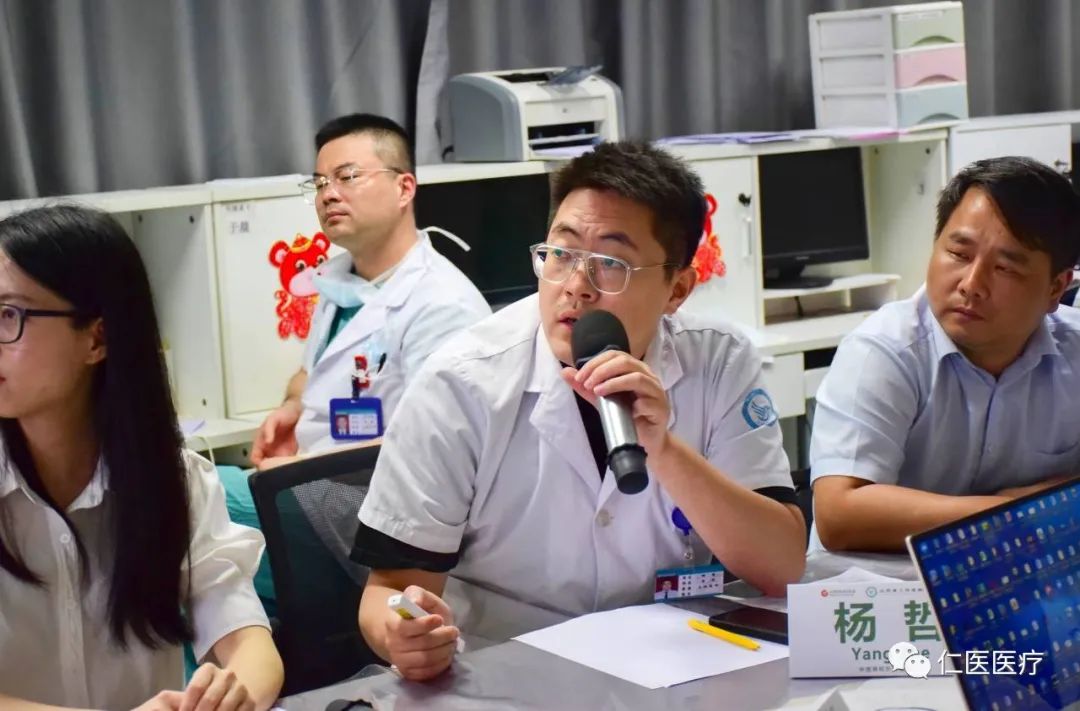
At the end of the webinar, Director Chang Feng thanked Prof. Siepe for his wonderful sharing. In spite of the great distance between Germany and China, the academic exchanges of our two countries will never stop. The team of the Department of Minimally Invasive Spine Surgery of Shanxi Provincial People’s Hospital hopes to have more opportunities to discuss with Prof. Siepe about the treatment technologies and development of spinal surgery, and also hopes to invite him to visit the hospital for deeper academic exchanges.
